
Japan recently opened its borders to all tourists following the pandemic and now might be the best moment to pay a visit. Apart from unique sightseeing landmarks, the country also offers a very particular cultural experience.
Despite December being a cold month with the beginning of winter, temperatures don’t usually drop below zero and you will be exposed to picturesque scenery. The good thing about visiting touristic destinations during this time is that crowds are significantly smaller. There’s a wide range of things to see and do, from religious shrines and museums to beaches, hot springs and gardens. There are touristy gems to explore too, such as traditional tea ceremonies and noodle-making workshops. In this feature, we explore Tokyo and two regions offering some of Japan’s best.
TOKYO
Ueno Park is a popular city space lined with over 8,000 trees, including ginkgo, zelkova and cherry, it features a pond with an extensive lotus bed and attracts a variety of bird species during winter.
The cultural highlights at Ueno Park include Tokyo National Museum, the city’s most popular art museum. It houses a comprehensive collection of artwork and cultural objects from Asia with a focus on ancient and mediaeval Japanese and Asian art from along the Silk Road.
Buddhist temples and Shinto shrines are an important part of Tokyo’s landscape. There are several that you can visit in and around Ueno Park. You can’t miss Kan’ei-ji Temple’s five-storey pagoda. It’s one of the few structures in the original Buddhist temple complex that has withstood calamities such as war and fire. The original layout consisted of more than 30 buildings spread across a considerable area of the park. Kan’ei-ji Temple is home to an engraved stone said to be a memorial to the souls of insects that died during a scientific study – a testament to the Buddhist principle of non-violence.
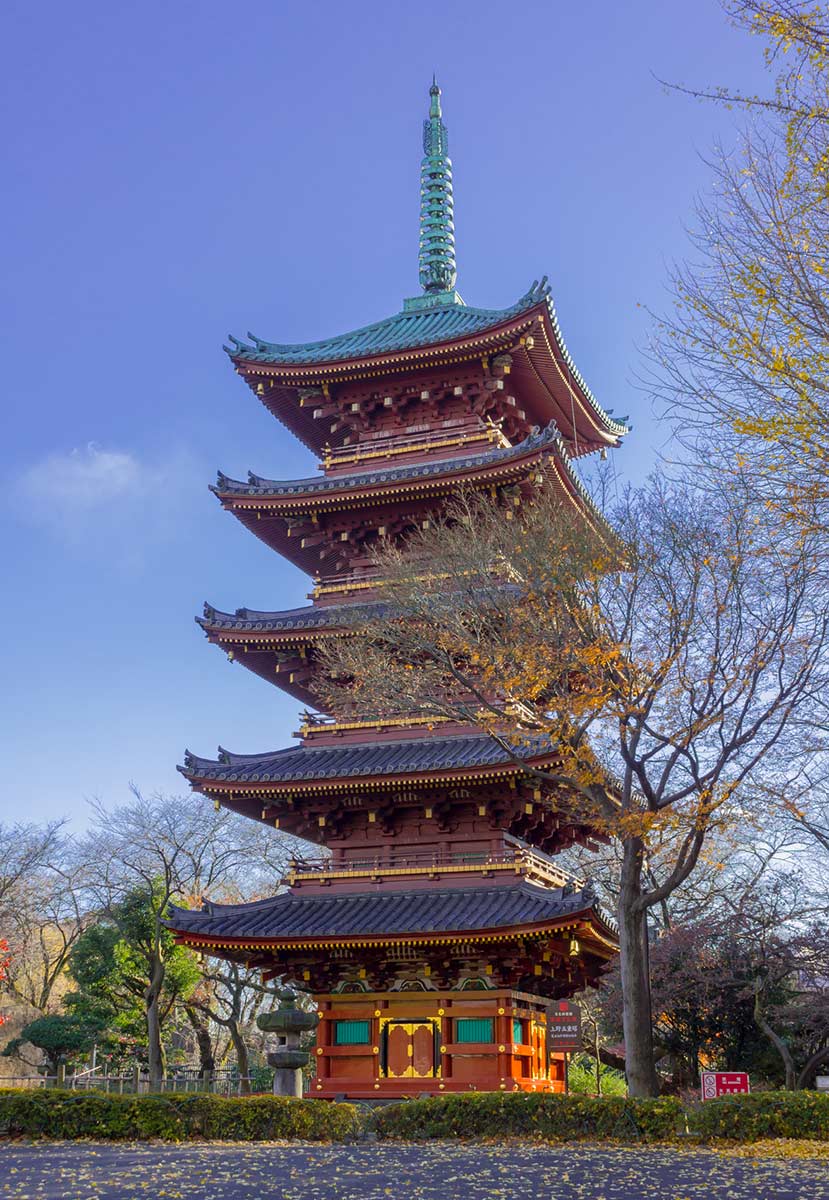
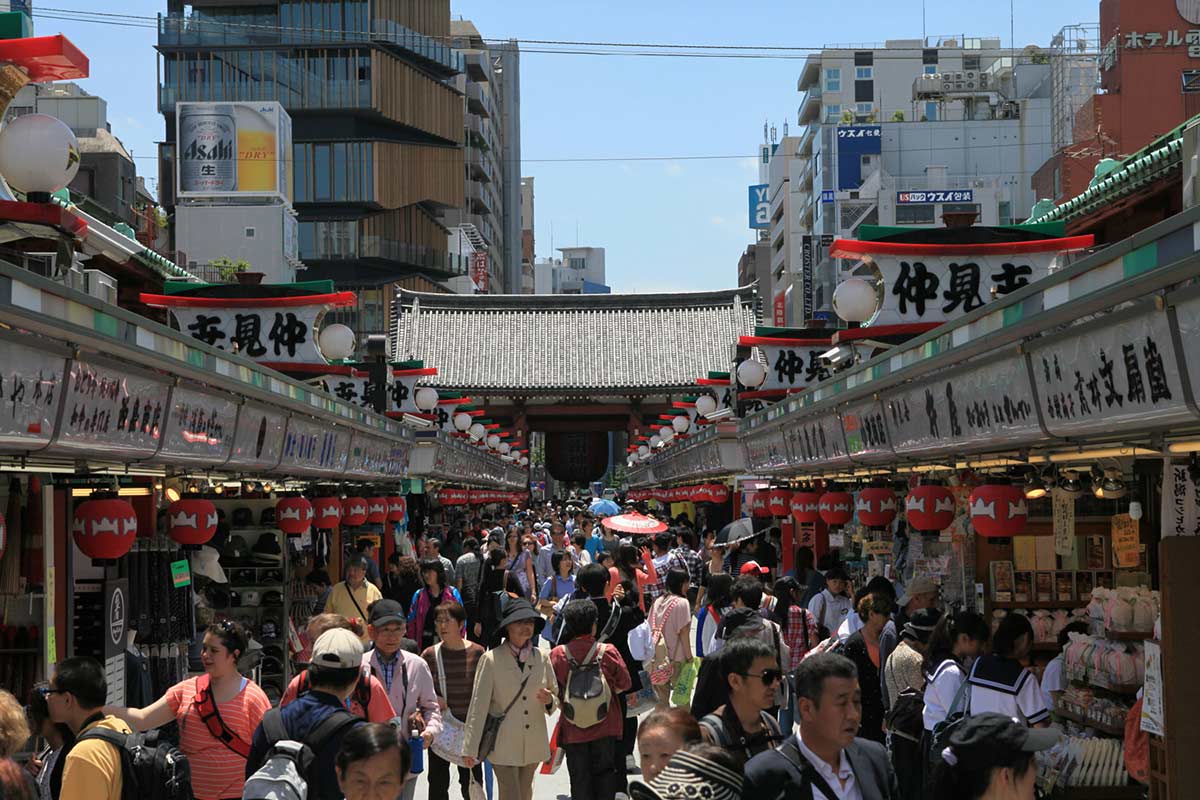
Other popular religious sites in the vicinity include Sensō-ji, an ancient Buddhist temple and Tokyo’s oldest, located in Asakusa. There is quite a bit to cover here, from the Thunder Gate, featuring a massive, 700-kilogram paper lantern, to the two waraji or straw sandals, each weighing 400kg. Exploring all of this could easily take an entire day. However, Nakamisedōri, the shopping street, is lined with many food stalls so you can rest and grab a bite to eat.
Nature lovers can also explore Hama-rikyū Gardens. Beautifully landscaped, the gardens boast a teahouse that serves traditional Japanese tea and sweets. The Imperial Palace East Gardens are only a 10-minute walk from Tokyo station. Stroll through the grounds of the former Edo Castle and climb the ruins. While none of the main buildings remains today, the moats, walls, entrance gates and several guardhouses still exist. The garden itself is wonderful to behold, with colourful flowers and plants that bloom all year round.
Often seen as a day trip from Tokyo, the mountain town of Nikko is the perfect base for Alpine sightseeing. You can opt for a hiking or bicycle tour. The scenic routes, with stunning views and colourful foliage, are a true feast for the senses.
KANAGAWA
This region is known for its mountains, rivers and sea as well as for being close to Japan’s capital. A tourist attraction in the area is Ōwakudani, a volcanic valley in Hakone. You can walk along the trail into the volcanic zone with numerous steam vents and bubbling pools. The views from here are to die for. A popular touristy thing to do is eat a boiled egg that’s cooked in the hot spring pools. Still in Hakone, you can enjoy a sightseeing cruise on Lake Ashi with a view of the nearby mountains and Mount Fuji.
Located in Kamakura, the Kōtoku-in Temple is known for its Great Buddha, a 13-metre bronze statue that stayed up even during a tsunami in the 15th century. Also, in Kamakura, you will find Hōkoku-ji Temple, popular for its spectacular bamboo garden and a tea house where you can enjoy matcha green tea while taking in the surrounding views.
Yokohama, the prefecture’s capital, has some interesting things to see and do. The CupNoodles Museum Yokohama, located in Minato Mirai 21, features exhibitions about instant noodles and hands-on workshops. Yokohama Chinatown, one of the biggest in the world, has numerous restaurants and food shops to try. Yamashita Park is a popular place to relax and take a walk while enjoying waterfront views of the Port of Yokohama. Sankei-en Garden in Naka Ward, a large traditional Japanese-style garden with ponds, streams and undulating pathways, is a favourite destination too.
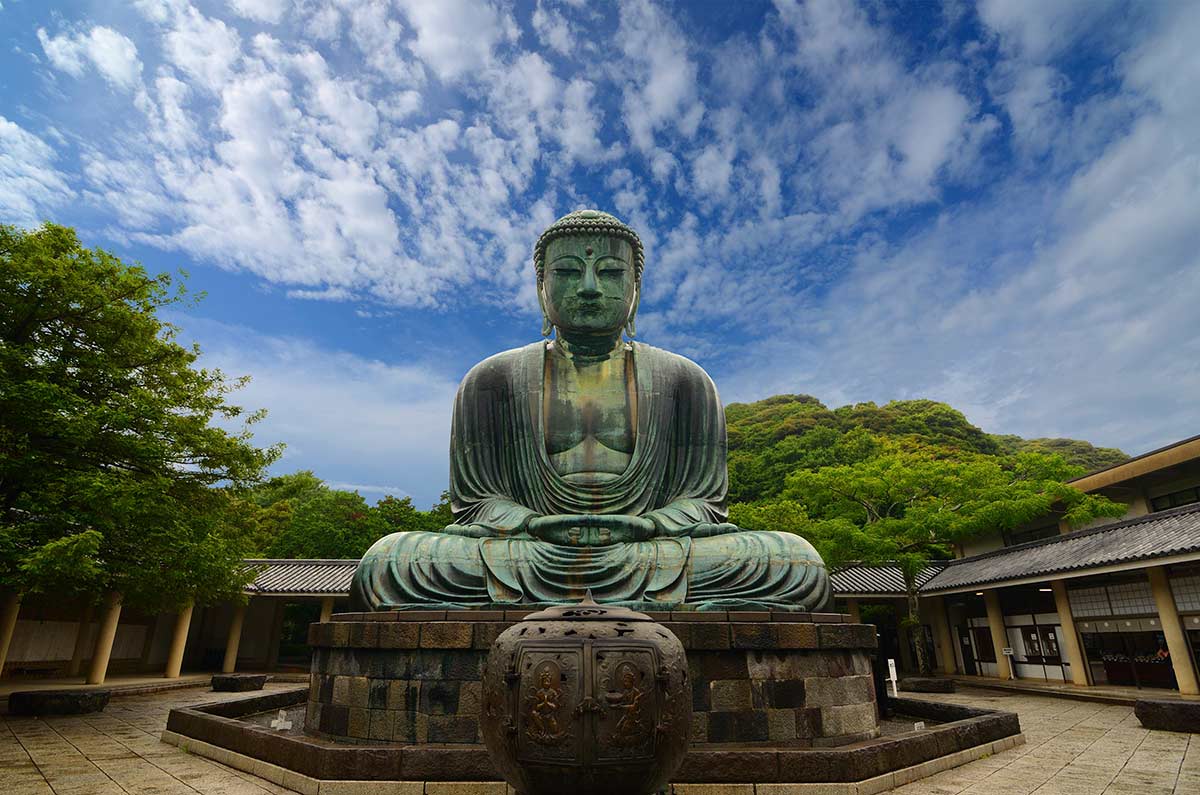
OKINAWA
A group of islands located at the southwestern tip of the Japanese archipelago, close to Taiwan. Compared to the rest of Japan, winter in Okinawa is pleasantly warm, with temperatures of around 15 to 20 degrees Celsius. Home to magnificent beaches and coastlines teaming with corals and other underwater life, if you enjoy the tranquillity of spending some winter time by the sea, this is the ideal destination.
Manza Beach, near Ishikawa, is well-known and, though it’s part of a resort, it’s open to the general public too. The 300-metre sandy stretch offers ample space to sunbathe or relax with family or friends. You can still enjoy water activities such as swimming, snorkelling and diving in December for those willing to embrace chillier water temperatures. Most tour companies offer wetsuit rentals.
Other shores to watch out for include Furuzamami Beach, a popular snorkelling destination, in addition to offering other beach activities; Zanpa Beach, which is said to be one of the best for swimming even during low tide; Aharen Beach, which is budget-friendly and good for snorkelling; and Aragusuku Beach, known for its stunning coral reefs.
Don’t miss the chance to take in the blue expanse standing atop Cape Manzamo, a distinctive rock formation, listening to the waves crashing against its walls. The place is located near Onna Village in the Kunigami District of Okinawa Prefecture.
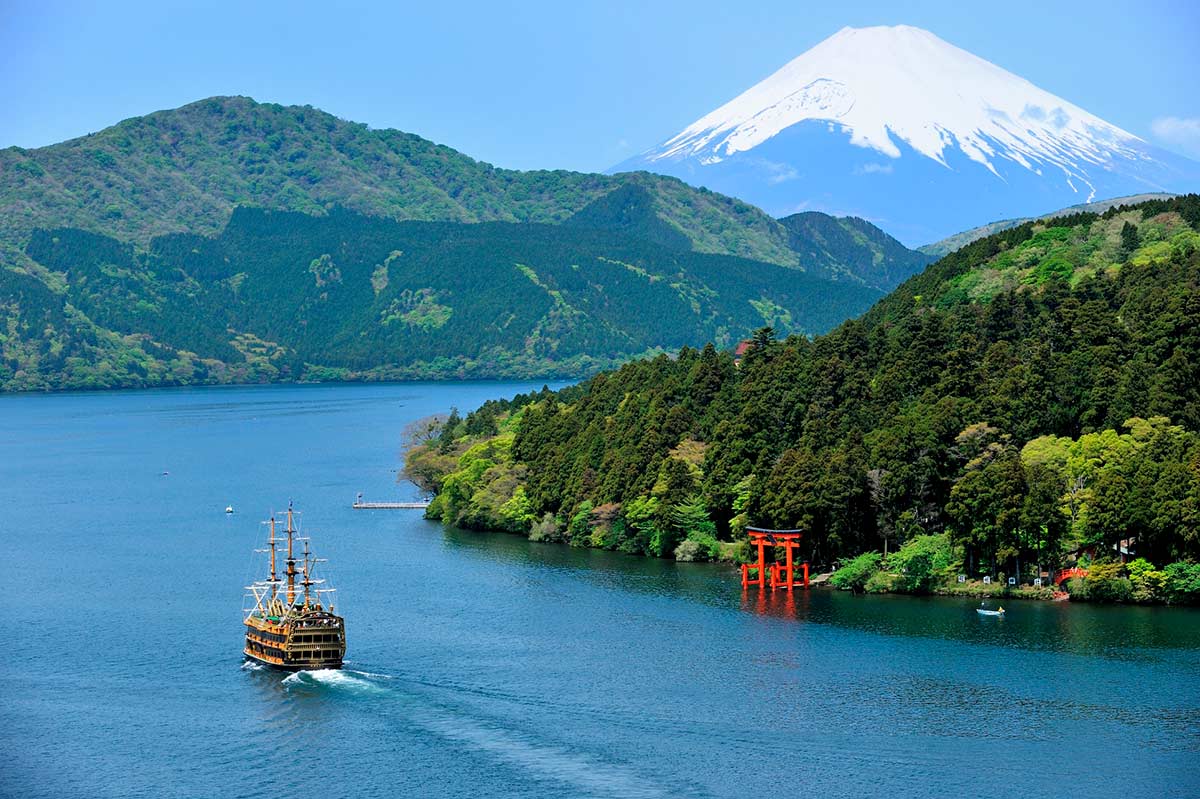
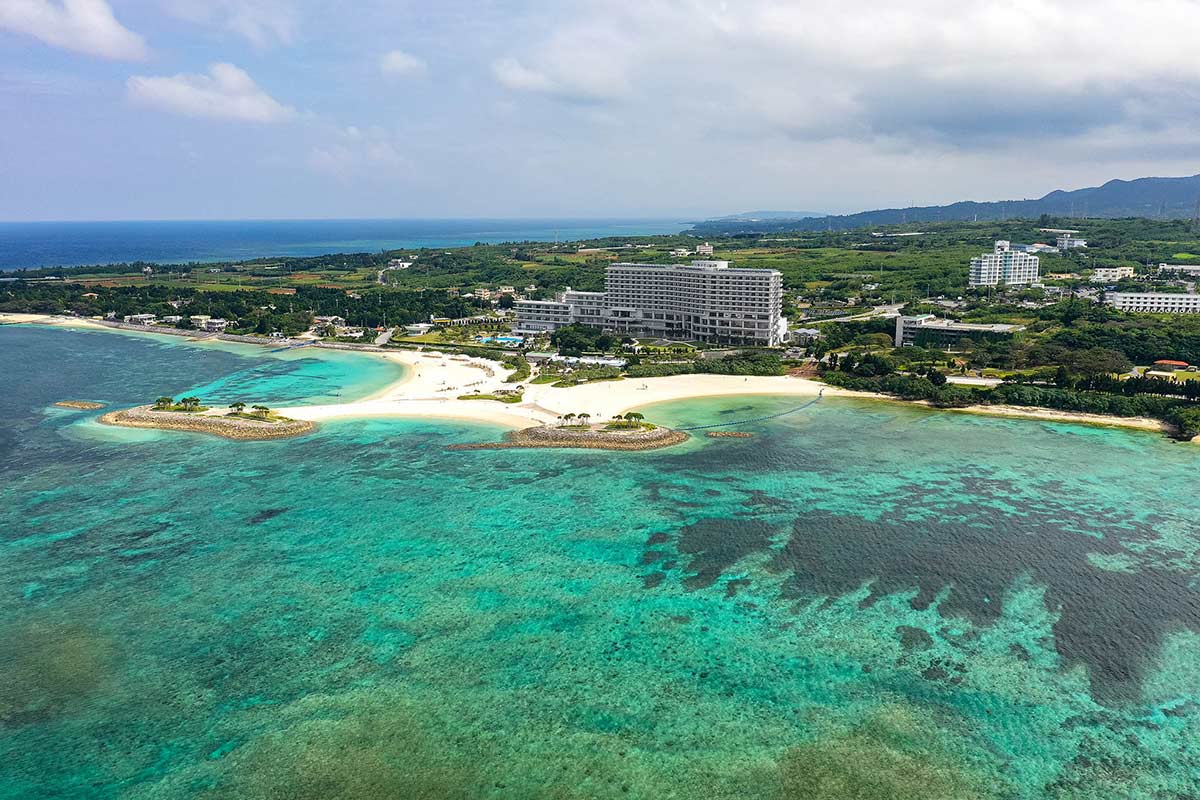
Other attractions include Okinawa World a theme park in Nanjo, where you can explore the Gyokusendō, a massive, five-kilometre-long limestone cave, and sample the local snake-infused medicinal drink, habushu. In Naha, the district capital, you can explore traditional cuisine at Makishi Public Market, dubbed by the locals as the ‘Kitchen of Okinawa’.
An erstwhile tributary state of imperial Ming China, Okinawa is known for its native Ryūkyūan culture, which is distinctly different from the mainland. Its cuisine is influenced by Chinese cooking styles. Okinawan soba is quite popular and made using flour rather than the traditional buckwheat. Gōyā Chanpurū, a stir-fry dish of bitter melon combined with eggs and tofu, is another staple.
